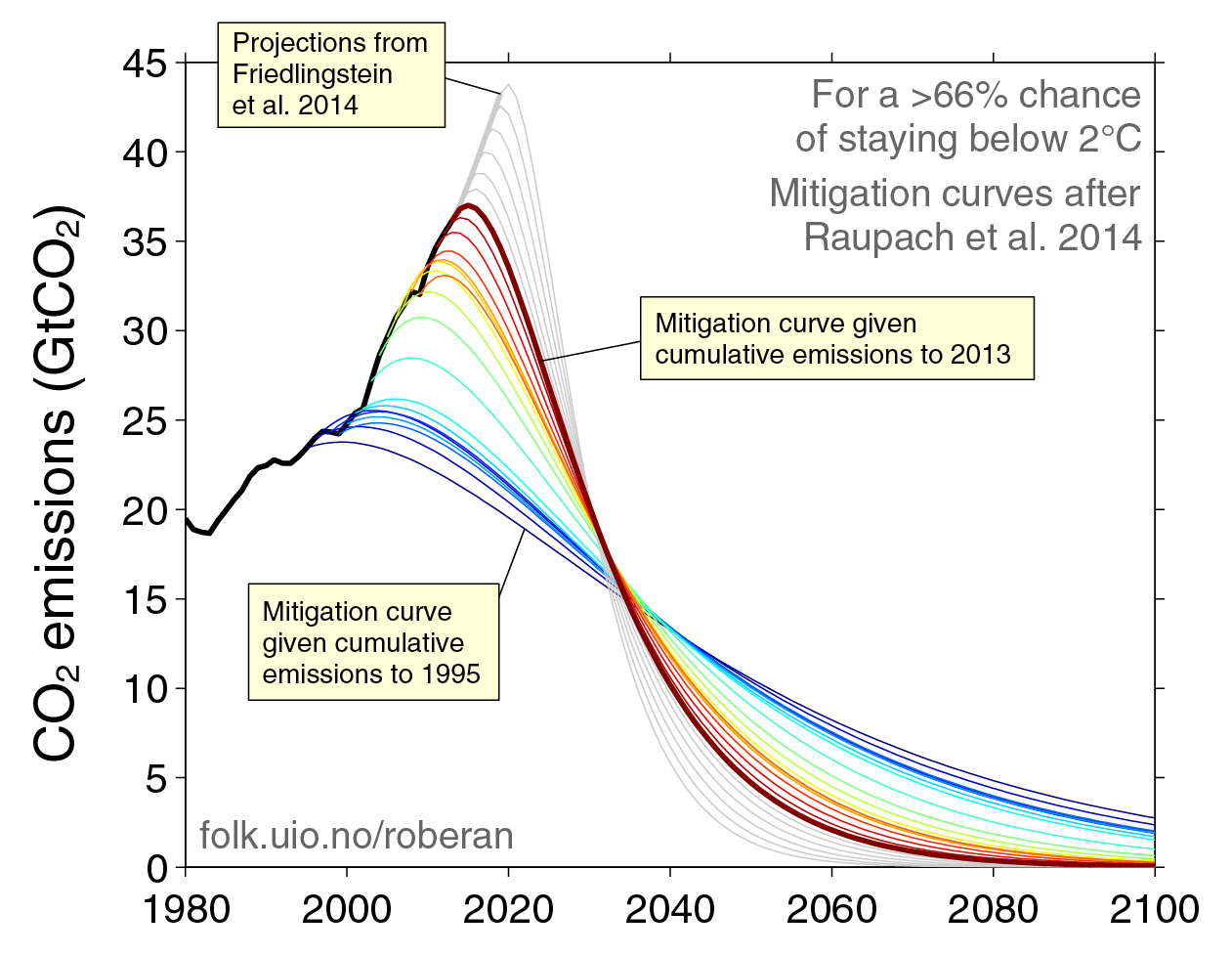Kayaktivism: These boats protesting oil drilling are the perfect symbol of climate change activism.

Photo by Ason Redmond/Reuters/Fotoware/ColorFactory
This past weekend, against the steel gray sky of the Puget Sound, hundreds of climate activists took to the water to surround Shell’s Polar Pioneer, the 307-foot-tall flagship of the company’s newly resurgent Arctic drilling fleet. The protesters’ fragile presence, in their small and colorful boats, was a bright contrast to the ominous oil-drilling equipment.
The kayaktivism in Seattle was a response to the Obama administration’s conditional approval last week of the resumption of offshore oil drilling in the Arctic. That decision came under immediate fire by environmentalists, among them Bill McKibben, who in a New York Times op-ed called it “climate denial of the status quo sort.” (The U.S. special envoy for the Arctic, Adm. Robert Papp, on Monday said its go-ahead for Shell’s proposed activities represents a “middle ground” between environmental and economic interests in Alaska.)
The protesters’ message is urgent: By allowing the world to continue to operate under the assumption that oil underfoot (or, in this case, under melting sea ice) is oil free for the taking, we’re sentencing the planet to an inescapable fate of catastrophic climate change. Avoiding the worst requires a radical rethinking of what’s possible, and soon.
On Monday, a new estimate from the International Monetary Fund aimed to put a figure on the true cost of fossil fuels borne by world governments. Half of this “effective subsidy” comes from pollution-related public health costs associated with poor health and premature death. About a quarter of the subsidy, or $1.27 trillion per year, is the estimated present and future harm due to climate change, though the authors note that that’s probably an underestimate. In total, the world’s fossil fuel companies will rack up an astounding $5.3 trillion in effective subsidies in 2015, more than their combined worth. That’s 6.5 percent of global GDP, or $10 million a minute. The takeaway here is that major oil companies like Shell couldn’t exist without their continued support from the world’s taxpayers.
According to an investigation by theGuardian, Shell’s internal projections for expected climate change are for nearly twice the level that scientists consider to be safe. Yet the company continues to push for drilling in ever more difficult places, like the Arctic. A study in January, which helped spur the Guardian’s own climate advocacy and this weekend’s Seattle protests, said that for the world to keep its commitment to holding global warming to less than 2 degrees Celsius, 100 percent of Arctic oil reserves would have to stay in the ground.
Shell has already spent billions in a long-term investment in its Arctic operations, eyeing a potential 4.3 billion barrels of oil over the next 77 years from the Chukchi Sea near Alaska, where the Polar Pioneer is headed. During that time, the U.S. government’s own analysis concludes that “there is a 75 percent chance of one or more large spills” greater than 1,000 gallons—which could devastate fragile Arctic ecosystems and the native communities that depend on them.
Shell’s persistence (and the U.S. government’s acquiescence) is roughly equivalent to raising a giant middle finger to the Earth. As is the case with climate change in general, some of the most vulnerable people and places are the ones set to bear the brunt of harm of Arctic oil drilling.
In 2013, former NASA climate scientist James Hansen predicted this growing surge of climate activism and even called for “a human ‘tipping point’ ”— sudden nearly universal recognition of climate action as a non-negotiable moral issue deserving immediate action—as one of the few remaining interventions that could steer humanity off its business-as-usual course of plundering the atmosphere’s remaining carbon budget. His study concluded that the alternatives, such as working toward a global price on carbon or free-air carbon capture technology, were simply too slow. “Our objective is to define what the science indicates is needed, not to assess political feasibility,” he wrote. That same year, he left NASA to join the activist community, saying “as a government employee, you can’t testify against the government.”
The cost of waiting to take bold, disruptive action on climate change is enormous. As annual emissions continue to rise on a global basis, it becomes more and moredifficult to imagine a realistic pathway of decarbonizing the global economy to preserve a safe climate.

Comments